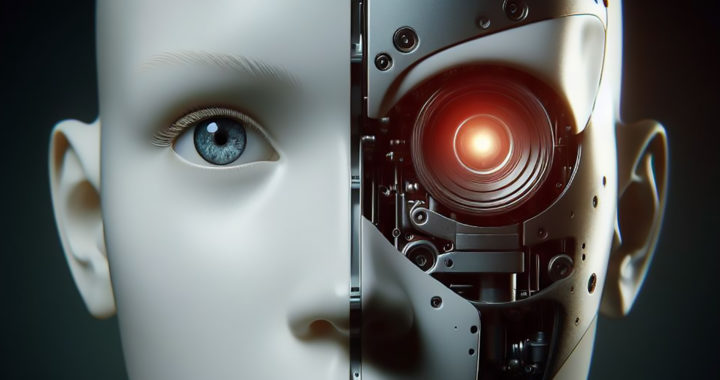There are some similarities but more differences between computer vision and machine vision. Both represent technologies used for mimicking human vision or the visual capabilities of other living organisms. The former involves the use of more complex technologies for more advanced applications while the latter represents a simpler application of imaging-based automation. This article explains the difference between computer vision and machine vision.
Explaining Computer Vision vs Machine Vision: What is the Difference Between the Two?
Some use the two terms interchangeably. This is understandable because of the overlaps between the two. Both share the same general or core technology used for analyzing and understanding visual information. This includes image and video processing, algorithms for image recognition, and some machine learning approaches.
Another similarity between computer vision and machine vision is their common goal. Both are aimed at equipping machines or computers with the ability to see or process visual information. The two also have overlapping applications depending on the use-case requirements or technical implementations of their developers or implementors.
However, from a more technical standpoint, and in consideration of preciseness in discourse, it is also important to underscore the difference between the two. This is also critical in maintaining the scope of each and their respective more specific technologies and implementation techniques. Below are the key differences between the two:
1. Discipline and Focus
One of the main differences between computer vision and machine vision is the realms they each inhabit. The former is one of the goals and subfields of artificial intelligence and an established scientific discipline within the field of computer science. The latter is considered as a discipline that falls under the interdisciplinary field of systems engineering.
Hence, based on the aforementioned, computer vision has a broader scope and focuses on the theoretical aspects of visual information analysis and the development and deployment of AI algorithms and models. The latter represents the practical applications of visual information processing in various specific industrial or operational settings.
2. Technical Implementation
Remember that computer vision is a subfield of AI and it has a broader scope. A computer vision system uses sophisticated hardware and software to process visual information. These include AI accelerators or vision processing units, cameras, thermal sensors, and lidar scanners, as well as computer vision and other related algorithms and models.
A machine vision system has a simpler technical implementation. It uses and relies on images captured by a camera and some algorithms and models for processing. Another difference is that computer vision can handle diverse visual data like real-time videos, historical images, and even non-graphical or non-visual input from other non-camera sensors.
3. Example Applications
Another difference between computer vision and machine vision is their respective applications. The former is used in facial recognition features in smartphones, self-driving or autonomous vehicles, image recognition software, generative AI features in photo and video editing software, and virtual reality or augmented reality or mixed reality devices.
The latter is used for imaging-based automatic inspection and analysis for practical applications such as automatic inspection, process control, and robot guidance. Remember that it falls under the field of systems engineering. It uses and integrates visual processing techniques for the various automation requirements in industrial or operational settings.
Key Takeaways: A Note on the Difference Between Computer Vision and Machine Vision
Both computer vision and machine vision share the similarities of mimicking human vision or the visual capabilities of living organisms. The two also have some overlaps with regard to their respective general technical implementations. However, between the two, computer vision has more sophisticated goals and objectives that center on the advanced and practical applications of visual information processing that demonstrate artificial intelligence. Machine vision focuses more on the application of visual processing using principles in systems engineering to equip industrial or operational settings with automated imaging-based inspection.
